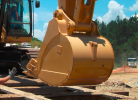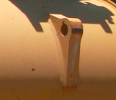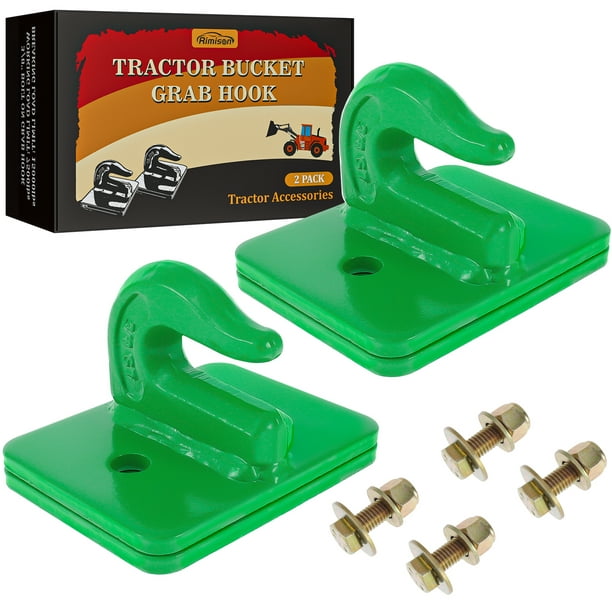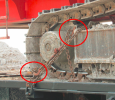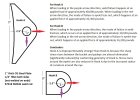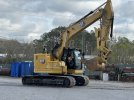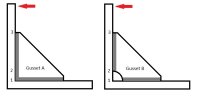skyking1
Senior Member
No. There is a world of difference with what you can get on the end of the stick and what you can get at the end of the boom.
EJ Rody and sons had a Komatsu 1000 here in the county. Now it is at the pit by the dump off the end of the runway, but in it's heyday, it was the biggest thing working utilities around here. They had a Bucyrus Erie, a pretty big one that was dedicated for pimping for that hoe.
They pulled the stick off it and put a hydraulic winch on the end of the boom, for picking the boom and stick of that 1000 and putting it together where it went.
It sucks that the internet does not have any pictures of the Rody machine. When I was working on the East Main bridge job, they happened to be crossing the road about a mile away.
They were setting 8' drain tile, and they took a break for lunch and left the bucket in the center turn lane of a 5 lane and ran traffic under the boom for a while. It was pretty damn cute.
EJ Rody and sons had a Komatsu 1000 here in the county. Now it is at the pit by the dump off the end of the runway, but in it's heyday, it was the biggest thing working utilities around here. They had a Bucyrus Erie, a pretty big one that was dedicated for pimping for that hoe.
They pulled the stick off it and put a hydraulic winch on the end of the boom, for picking the boom and stick of that 1000 and putting it together where it went.
It sucks that the internet does not have any pictures of the Rody machine. When I was working on the East Main bridge job, they happened to be crossing the road about a mile away.
They were setting 8' drain tile, and they took a break for lunch and left the bucket in the center turn lane of a 5 lane and ran traffic under the boom for a while. It was pretty damn cute.

